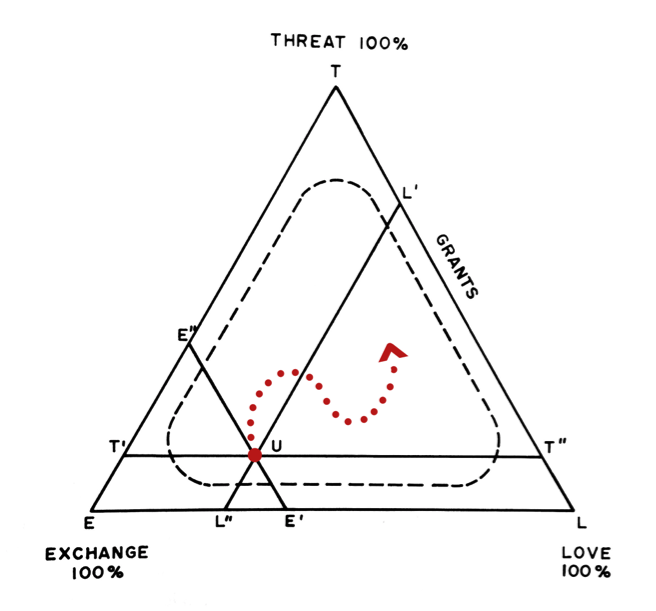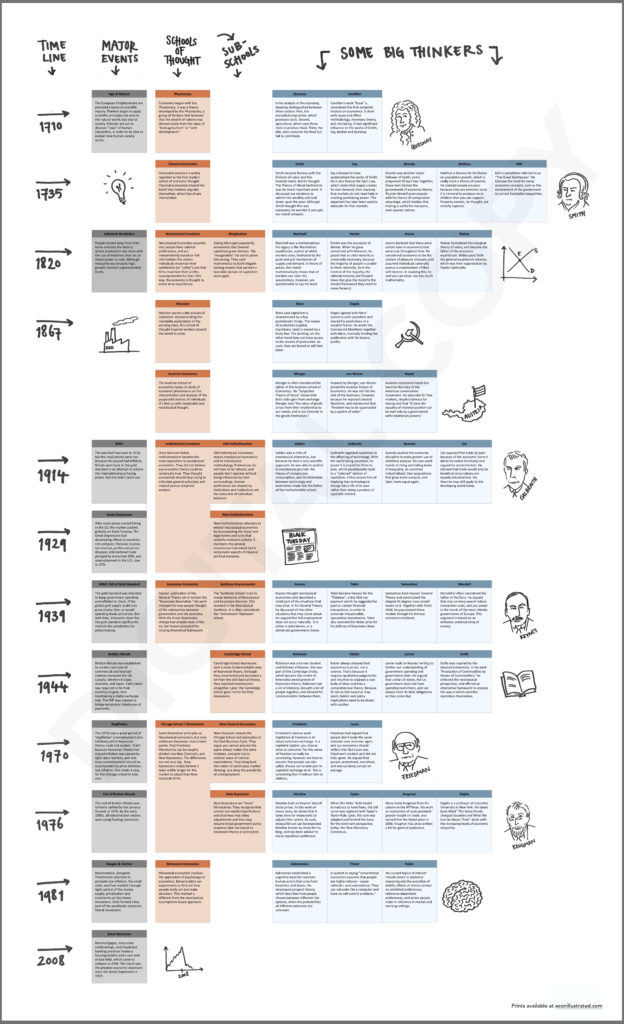Most academic conferences involve 20-minute paper presentations, followed by a 10-minute Q&A. For a small workshop of 10 presenters, that’s 5 hours of presentation time. Of which every person there spends 90% listening. And checking their email. And their Twitter.
We’re all used to it. And attached to it, because it’s easy. We can use the PowerPoint from last time! Just a couple edits from the airplane, and voila.
But we forget the reason we got on that airplane in the first place: to meet other people in our field. Because we really need to find a collaborator for our next paper, or a mentor to offer some guidance for the last phase of our PhD, or a friend to help edit our language before our work goes to peer review.
And now we’re stuck trying to meet those people during a 10 minute break, while juggling a coffee in one hand and a granola bar in the other. Those are crucial after 4.5 hours of listening…
There is a way to improve on this without increasing everyone’s preparation time. Next time you’re in charge, consider the following. Instead of having every person present to the group, have every person present to every person. It’s called academic speed dating.
Here’s how academic speed dating works:
The group seats themselves around a table, with each person facing another, like so:
O O O O O Side A
_____________________
O O O O O Side B
To begin, everyone on Side A tells the person they sit across from about their research and interests. For four minutes, just like they may tell an acquaintance. No formulas, no PowerPoints.
Once the four minutes are up, everyone on Side B talks about their work and interests, in much the same way.
Then, each pair spends four minutes brainstorming where their areas of interest may overlap and if their work and expertise may offer insight to the other, taking notes as needed to hold on to good ideas.
Next, everyone moves one seat to the right, putting them in front of a new person to repeat the exercise. With a group of ten, it only takes 2 hours to complete the full cycle. After that, everyone has a rapport with everyone, and any obvious “matches” in interests should have become clear.
The exercise is best followed by a sizable break, allowing anyone to continue conversation with potential matches in a more organic, casual way.
There are many variations, or add-ons, of course. The exercise could be combined with a short training on how to present one’s research succinctly and effectively in just a few minutes; the elevator pitch! Facilitators may prove tips on this first, and allow participants to write down key items their pitch should include. This way, academic speed dating may double as an opportunity to try out freshly written pitches and tweak them as needed.
At the Young Scholars Initiative, Peter Bent first introduced this exercise, and continues to lead the Advisory Team for Innovative Academic Formats. We can’t thank him enough for making our community more engaging.








